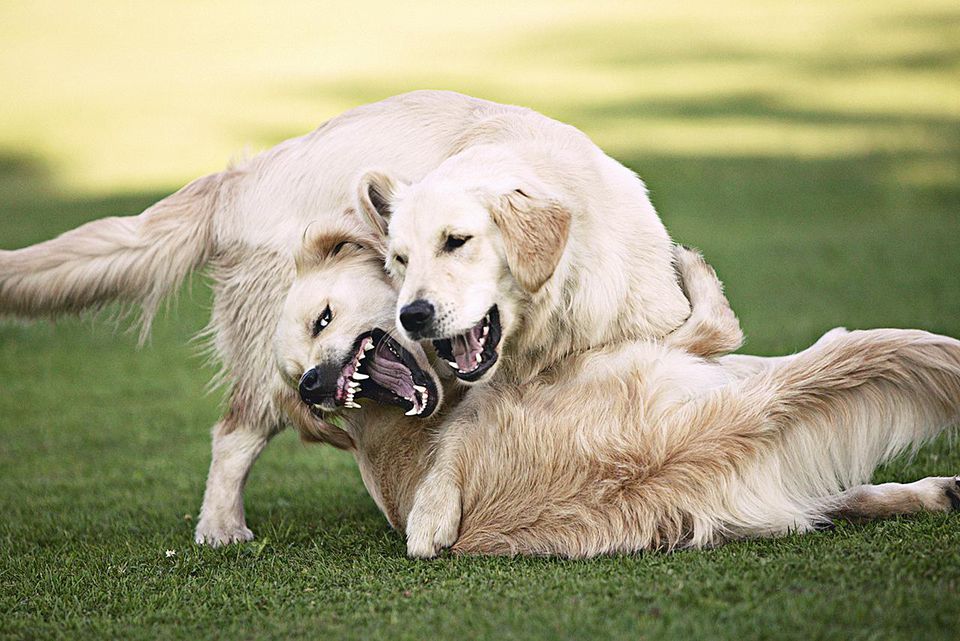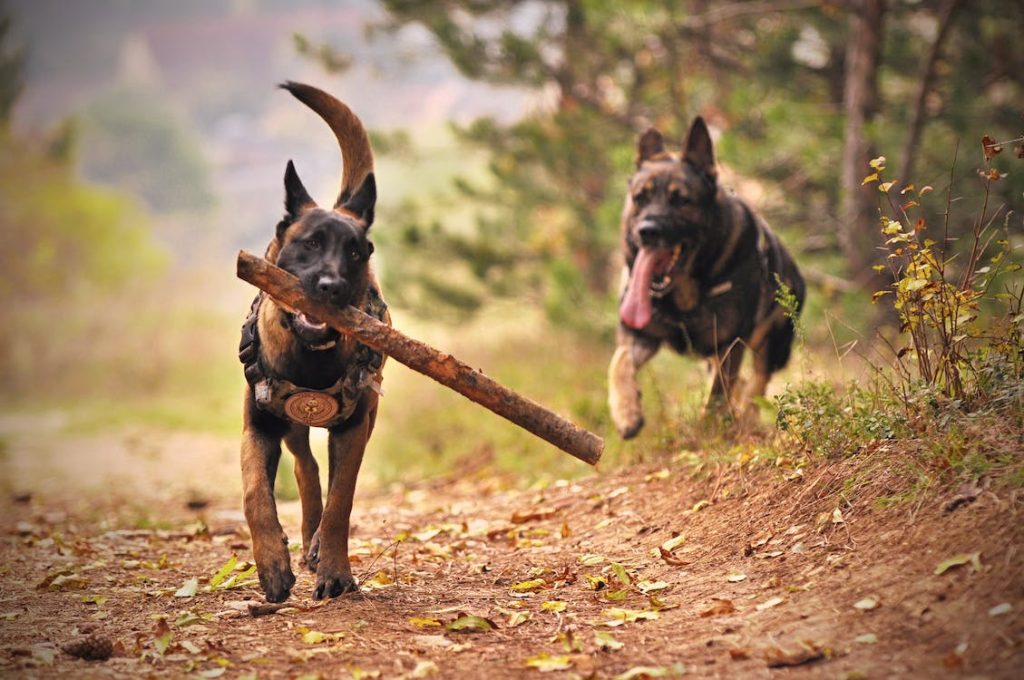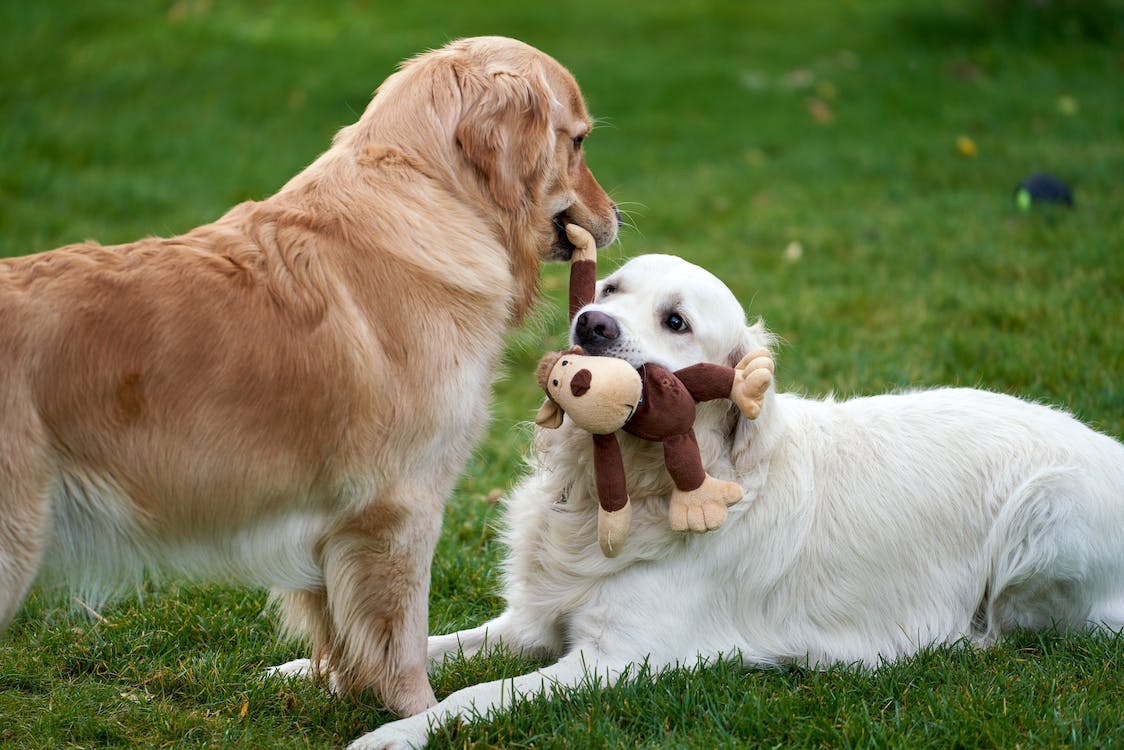Seeing two dogs suddenly erupt into a vicious fight is scary and stressful. As the dogs snap and bite at one another, your instinct may be to dive in and separate them. But how to stop a dog fight without getting injured yourself?
Breaking up a dog fight requires preparation, technique, and caution to avoid redirect bites. With some knowledge of dog aggression triggers and calming signals, you can disrupt the altercation without adding to the chaos.
In this article, we’ll outline smart strategies to stop a dog fight and prevent future scuffles. Let’s review how to intervene safely when tensions between dogs boil over.
Understanding Dog Fight Causes
Before diving into the fray, it helps to understand why dogs fight. Common triggers include:
- Territorial disputes
- Protecting resources like food or toys
- Rivalry between intact males
- Fear or poor socialization
- Pain or sickness putting dogs on edge
- Protecting their human from a perceived threat
- Changes to hierarchy order
- Surprise or threatening actions
Often a small trigger or miscommunication escalates rapidly through mutually reinforcing aggression. Recognizing common causes can help prevent fights.

Tips to Safely Break Up a Dog Fight
When confrontation does occur, here is how to intervene safely:
1. Stay calm
Shouting or chaotic energy will only increase the dogs’ excitement and delay de-escalation. Move slowly and speak in a reassuring tone.
2. Never directly intervene
Grabbing dogs or getting in between them almost always leads to bites. You’re unlikely to be strong enough to restrain them when adrenaline kicks in.
3. Use loud noise distraction
Clap hands sharply, use an airhorn, blow a whistle, bang metal lids, or throw a blanket over both dogs to disrupt the scuffle.
4. Spray with water
For minor spats, spraying the dogs with water from a hose or squirt bottle can startle them into disengaging.
5. Grab back legs and pull
In extreme cases, wheelbarrowing dogs (grabbing back legs and pulling) may be necessary to separate front jaws, but protect your face and use extreme caution.
6. Provide clear commands
Firmly order “No!” or “Enough!” in an authoritative tone or use the dogs’ names once separated. This establishes human control.
7. Reassure after
After intervening, calmly praise and pet each dog to reinforceremaining non-aggressive. Provide toys or treats to divert their focus.
With quick thinking and the right tools, fights can often be interrupted at first sign. But prevention is key to avoid high-risk situations.

How to Prevent Dog Fights Before They Start
Reduce chances of confrontation by:
- Properly socializing dogs from puppyhood to accept others.
- Supervising all play sessions and intervening at first tense body language.
- Avoiding shared toys/food/spaces with dogs prone to resource guarding.
- Introducing new dogs carefully and in neutral territory.
- Keeping intact males separate.
- Maintaining steady leadership and obedience foundations.
- Managing pain or sickness that promotes irritability.
- Spaying/neutering dogs not intended for breeding.
Stop issues before they start by managing known personality clashes. Be alert to body language signaling elevated tensions.
When to Call the Professionals
For severe or recurring fighting involving true aggression, enlist help from professionals:
Certified behaviorist – Assess trigger factors and develop a customized behavior modification program. Helpful for aggression rooted in fear, trauma, lack of socialization, or abuse.
Veterinary behaviorist – A vet specializing in aggression cases. They can prescribe anti-anxiety medications and pheromones to use alongside training.
Positive trainer – Teach alternative behaviors and conflict avoidance strategies using reward-based methods. Especially important for resource guarders.
Veterinarian – Check for injury and provide prompt care following fights. Evaluate for pain, thyroid dysfunction, neurological issues, or other medical conditions provoking aggression.
With their expertise, most conflicts between familiar dogs can improve. But the longer aggressive patterns go on, the harder they become to reverse. Intervene promptly.
Questions About Dog Aggression
Still have some questions about why dogs fight and how to handle it? Here are some common queries:
Why did my normally friendly dog suddenly attack?
Medical problems, mistreatment, punishment, brain changes, or guarding can seemingly flip a dog’s behavior quickly. Have a full veterinary workup and trainer assessment.
Should I punish my dog after a fight?
Absolutely not – this will increase their fear-related aggression. Use positive reinforcement to rebuild confidence and trust instead.
Is dog aggression hereditary?
While genetics play a role, poor breeding practices and lack of socialization greatly influence aggression. An aggressive parent does not guarantee an aggressive puppy in a balanced environment.
Can sibling puppies still fight once adult?
Littermate syndrome can create a volatile relationship vulnerable to fighting, especially between intact males reaching maturity. Avoid littermate adoption.
How can I safely introduce my aggressive dog to others?
With professional guidance, use neutral settings, pheromone plug-ins, and positive associations. But some dogs may always need separated.
No owner wants to witness the terror of a dog fight. Arm yourself with prevention knowledge, safe interruption techniques, and prompt enlistment of experts at the first signs of confrontation. With compassion and diligence, peaceful resolutions can be found. Please let us know if you have any other questions!


